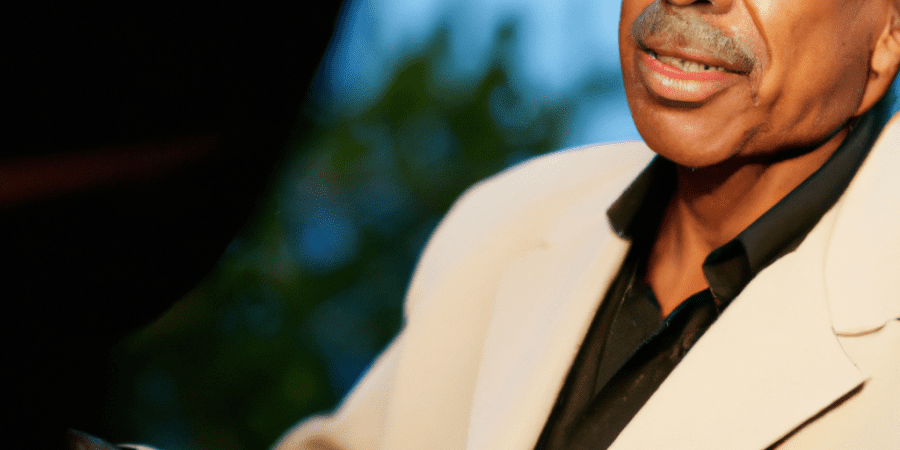The Melodic Journey: Exploring the Uniqueness of Classical and Modern Music
Music has always been an integral part of our lives, connecting us to emotions, memories, and the world around us. In the vast realm of music, two distinct genres, classical and modern, stand out for their rich heritage and evolving nature. While classical music represents centuries of artistic accomplishments, modern music embraces experimentation and innovation. Let’s embark on a melodic journey to understand the uniqueness of classical and modern music.
The Timeless Elegance of Classical Music
Classical music, dating back to the 11th century, is a treasure trove of compositions that resonate with generations of listeners. It encompasses various periods, such as Baroque, Classical, Romantic, and Impressionistic, each characterized by distinct sounds and styles.
Classical music instruments, from the grandeur of the piano to the soulful violin and powerful symphony orchestras, bring life to the compositions. The melodies in classical music are meticulously crafted, with intricate harmonies and structured forms like sonatas, symphonies, and concertos.
Listening to classical music offers a transcendental experience, inviting listeners to immerse themselves in the emotions and stories conveyed through instrumental and vocal performances. The works of master composers like Bach, Mozart, Beethoven, and Tchaikovsky continue to captivate audiences worldwide, bridging the gap between past and present.
The Art of Musical Innovation: Modern Music
As we fast forward to the 20th century and beyond, modern music emerges as a vibrant force of creativity. Modern music spans a wide spectrum of genres like jazz, pop, rock, hip-hop, electronic, and experimental music, among others.
One of the defining features of modern music is its emphasis on individuality and experimentation. Artists continuously push the boundaries, blending diverse musical influences, employing innovative techniques, and integrating various electronic instruments and technology into their compositions.
Modern music encourages self-expression and reflects the ever-changing social and cultural landscape. It resonates with an audience seeking new sounds and narratives that mirror their experiences, making it a powerful medium of communication and cultural exchange.
Classical vs. Modern: A Harmonious Coexistence
While classical and modern music may appear distinct, they are not mutually exclusive. In fact, they often intertwine and inspire each other, creating unique and captivating musical fusions.
Many modern composers draw inspiration from classical works, incorporating classical motifs and harmonic structures in their compositions. On the other hand, classical musicians are not afraid to explore modern arrangements and interpretations of well-known pieces, breathing new life into old melodies.
Collaborations between classical and modern musicians have also become increasingly common, resulting in breathtaking performances that bridge the gap between tradition and innovation.
The Beauty of Musical Diversity
Classical and modern music, with their distinctive characteristics, offer a vast canvas for creative expression. Whether you find solace in the timeless elegance of classical compositions or sway to the rhythm of modern beats, both genres contribute to the rich tapestry of musical heritage.
It is through the harmonious coexistence and continuous evolution of classical and modern music that we witness the beauty of musical diversity. So, let us celebrate and explore the melodies that have the power to touch our souls, transcend boundaries, and connect us all.
- Classical music: A journey through time
- Modern music: Embracing innovation and experimentation
- Classical vs. Modern: A harmonious coexistence
- The beauty of musical diversity
Remember, whether you’re drawn to the timeless elegance of classical music or the ever-evolving landscape of modern compositions, embracing both genres can lead to a deeper appreciation and understanding of the melodic wonders around us.
